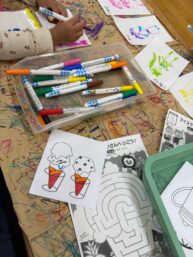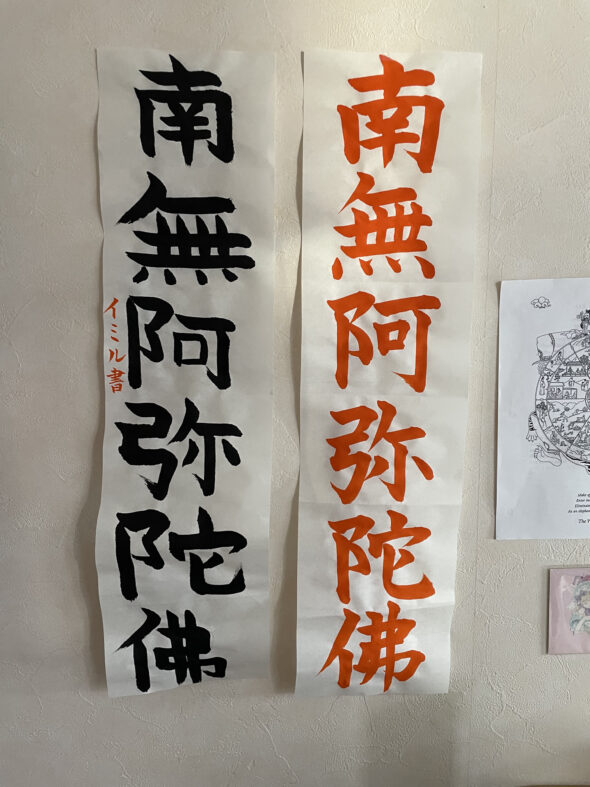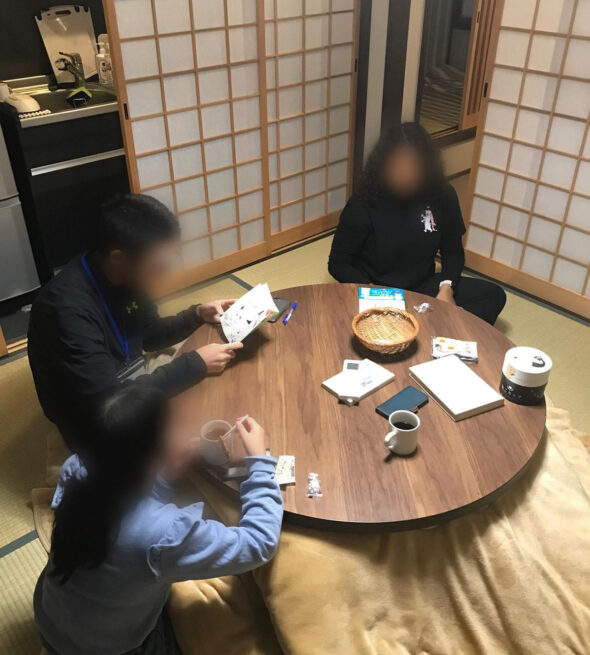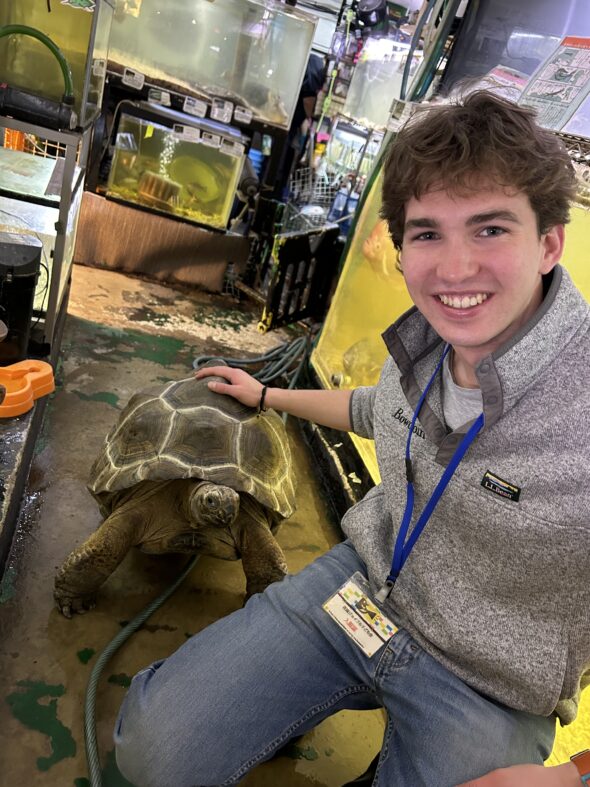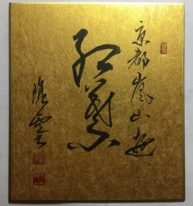For my CIP, I participated in Kyoto Amateur Dance Club (Amada), alongside students from various universities, including Doshisha. Each week, we practiced a different dance (waltz, foxtrot, chacha, tango, etc.) taught by the two student leaders—first men and women separately, then everyone together in pairs. The club members welcomed me warmly from the very beginning. One of the leaders, in particular, went out of her way to talk with me outside of dance time, and to give me extra pointers when I was having trouble learning the steps.
I had a bit of trouble participating fully in this club, which wasn’t totally surprising, since before this program, I didn’t have much experience either speaking Japanese or dancing. Also, since the club session had started in the spring, the members had already learned most of the dances we practiced. However, I wanted to try something new and meet people my age, and I was able to do that through Amada. I even met with a couple of friends from the club outside of practice. In hindsight, I should probably have chosen an activity in which I had more prior experience. That way, I probably would have felt more comfortable and been able to participate more fully.
Nonetheless, participating in Amada was a valuable experience. Based on what I’ve heard about most Doshisha clubs, this group seemed to be fairly casual, which I liked. Everyone was dedicated to learning dance, but they weren’t intense or intimidating. Everyone was really kind and patient with me, and pair dancing, along with the casual atmosphere of the club, gave me the opportunity to chat with many different Japanese students.
One of the things that I find hardest about Japanese is knowing how formally or informally to address people, since, for the most part, we don’t have such distinctions in English, especially when talking with other students. I still found this confusing after entering this club, but I was able to learn a bit through trial and error. For example, if I’m not mistaken, most of the members seemed to talk to the leader casually, even if they were younger or less experienced than her. I think this is somewhat unusual for a club, but I’m pretty sure it was because most of them had gotten close during their time in the club. I used mas/desu form when addressing the members, because I didn’t know them well and often wasn’t sure of their ages. I noticed other small cultural differences as well. For example, after practice, rather than leaving separately when we were finished changing, everyone gathered outside, and after a few words of encouragement from the leader, we would all say “otsukaresamadeshita” and go our separate ways.
All things considered, I would definitely recommend this club for someone who has experience dancing! It’s a lot of fun!
